Parents Receive total of $485,000 in Compensation for Tragic Death of Newborn Child
Case Overview Our client suffered unimaginable loss following her 12-hour labour, delivering her first child by emergence caesarean. A few hours after our clients baby

